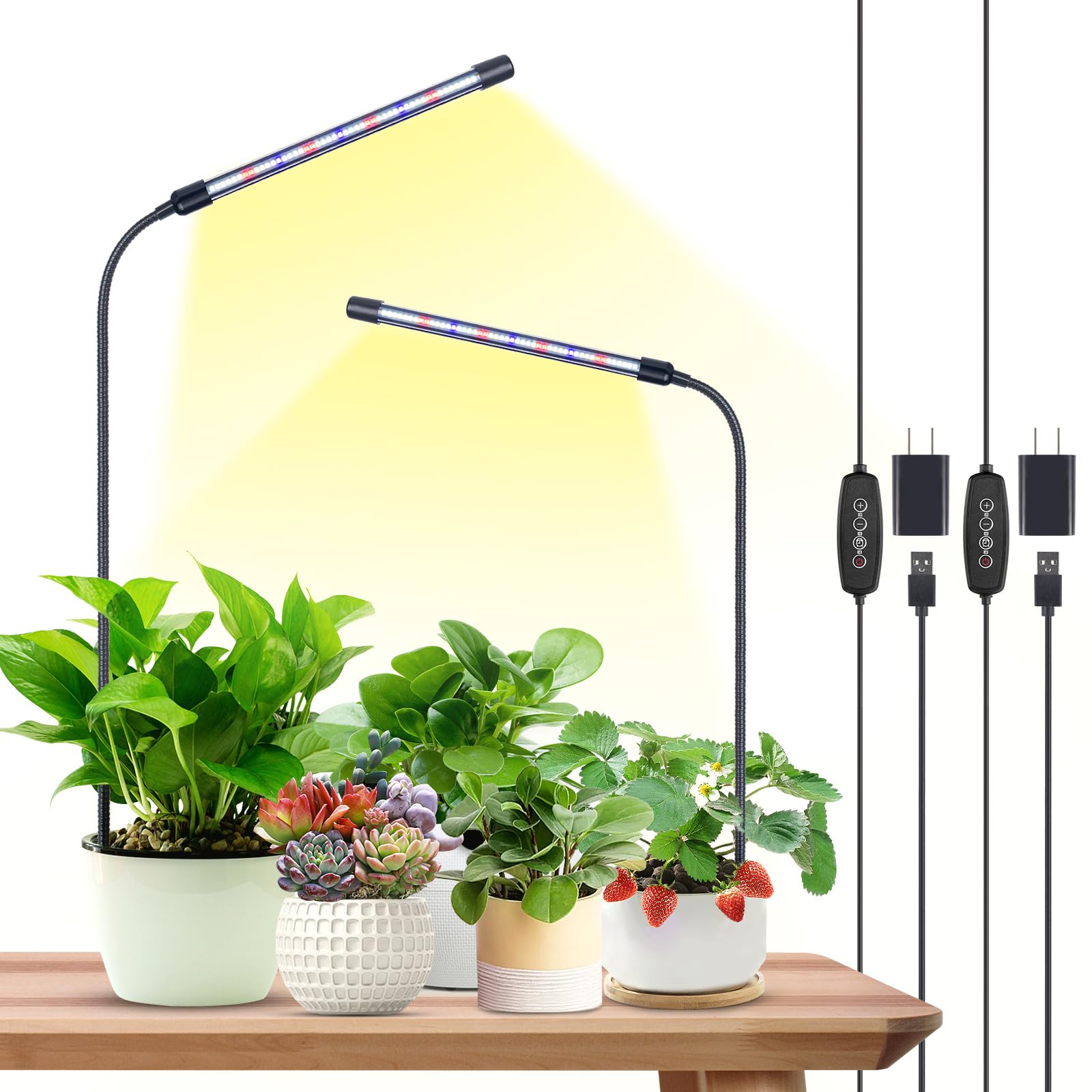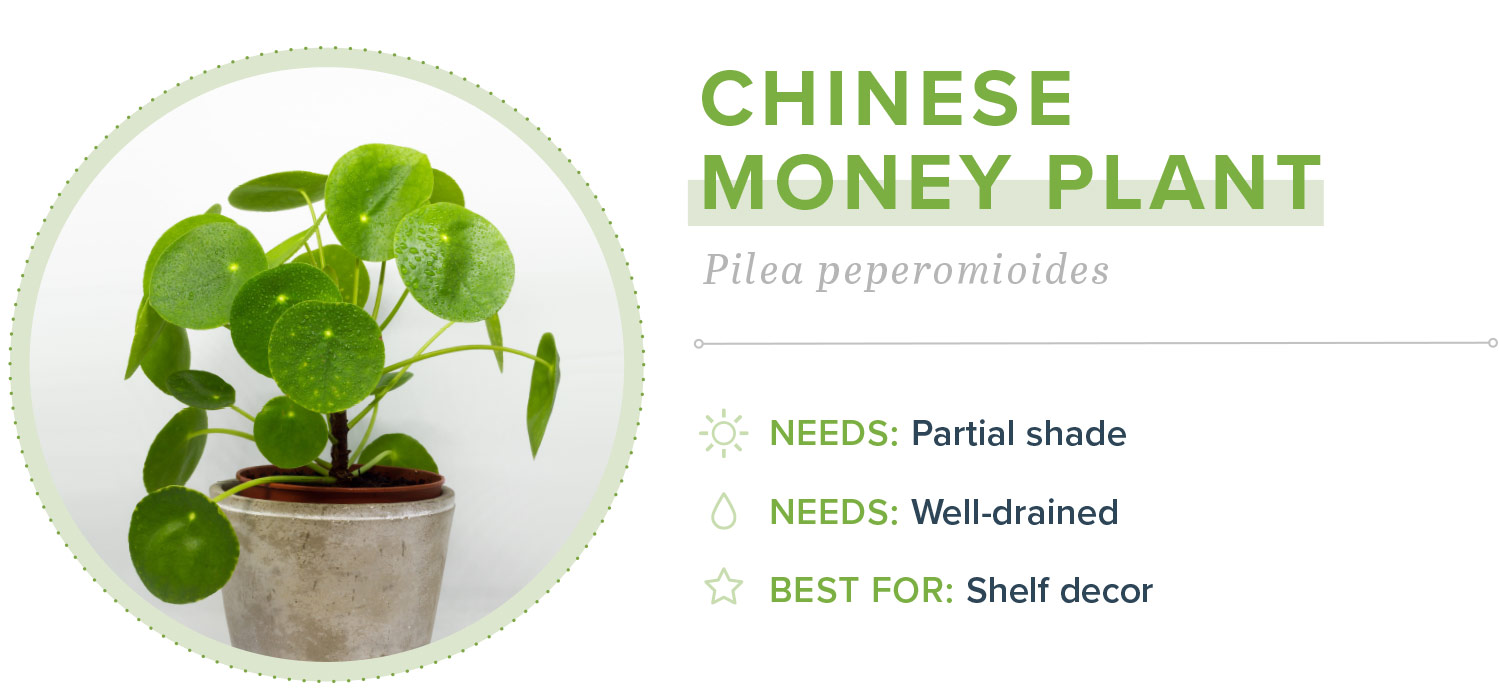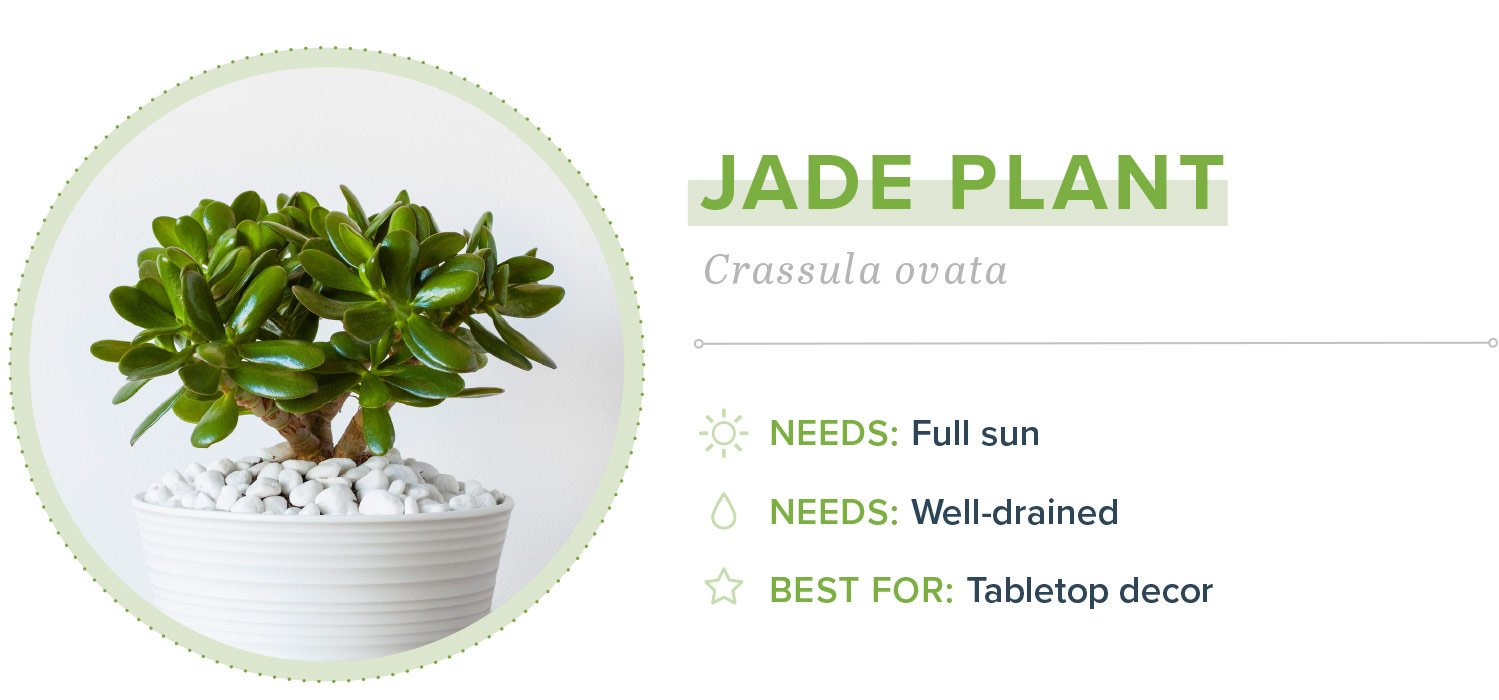Propagating small indoor plants is a rewarding hobby. It’s easier than you might think.
Indoor plants add beauty and life to any space. Learning how to propagate them can save you money and expand your collection. You can share your plants with friends or create new ones from cuttings. In this guide, we’ll explore simple steps for successful propagation.
Whether you’re a beginner or a seasoned plant lover, you’ll find useful tips here. Ready to turn one plant into many? Let’s dive into the wonderful world of plant propagation!

Credit: www.amazon.com
Choosing The Right Plants
Choosing the right plants for propagation can be exciting. Not all indoor plants propagate easily. Some plants are more beginner-friendly. Selecting the right plants ensures a higher success rate. Let’s dive into the best options and factors to consider.
Best Plants For Propagation
Some plants are ideal for beginners. Pothos is a great choice. It’s hardy and roots quickly in water. Spider plants are another easy option. They produce “babies” or offshoots ready for planting. Succulents, like jade or aloe, are also excellent. They require minimal care and propagate from cuttings.
Factors To Consider
Consider the ease of propagation. Some plants root faster than others. Check the plant’s growth rate. Faster-growing plants often propagate more easily. Light requirements matter too. Choose plants that thrive in your home’s light conditions. Lastly, think about space. Some plants need more room to grow.
Gathering Necessary Tools
Before you start propagating small indoor plants, gather the necessary tools. Using the right tools ensures success. Let’s look at the essential and optional tools for this task.
Essential Tools
For successful propagation, you’ll need some basic tools. Here’s a list of essential tools:
- Sharp Scissors or Pruning Shears: Clean cuts prevent damage.
- Small Pots or Containers: Use for new plant growth.
- Potting Mix: Choose a mix suitable for the plant type.
- Water: Keep your plants hydrated.
- Rooting Hormone: Speeds up root development.
| Tool | Purpose |
|---|---|
| Sharp Scissors or Pruning Shears | Making clean cuts |
| Small Pots or Containers | Holding new plants |
| Potting Mix | Providing nutrients |
| Water | Keeping plants hydrated |
| Rooting Hormone | Encouraging root growth |
Optional Tools
Some tools are not necessary but can make the process easier. These optional tools can help:
- Spray Bottle: Mists plants gently.
- Heating Mat: Keeps soil warm for root growth.
- Plastic Bags or Domes: Retains moisture around cuttings.
- Labels: Helps you track different plants.
- Grow Lights: Provides light if natural light is insufficient.
| Tool | Purpose |
|---|---|
| Spray Bottle | Misting plants |
| Heating Mat | Warming soil |
| Plastic Bags or Domes | Retaining moisture |
| Labels | Tracking plants |
| Grow Lights | Providing light |
Preparing The Plant Cuttings
Propagating small indoor plants can be a fun and rewarding activity. The first step in this process is preparing the plant cuttings. This involves selecting healthy parts of the plant and using the right cutting techniques. Proper preparation ensures the cuttings will grow into strong, healthy plants.
Selecting Healthy Cuttings
To begin, choose healthy plants for cuttings. Look for vibrant, disease-free plants with strong stems and leaves. Avoid plants that look weak or sick. The quality of the parent plant greatly affects the success of propagation.
Types of Cuttings to Consider:
- Stem cuttings: Ideal for many indoor plants like pothos and philodendrons.
- Leaf cuttings: Perfect for plants such as succulents and African violets.
- Root cuttings: Great for plants like mint and horseradish.
Cutting Techniques
Once you have selected healthy cuttings, it is crucial to use the right cutting techniques. These techniques help the cuttings to root quickly and grow strong.
Steps for Proper Cutting:
- Use a clean, sharp knife or scissors to make cuts. This prevents damage and infection.
- Cut just below a node (the part where leaves attach to the stem) for stem cuttings.
- For leaf cuttings, cut a healthy leaf with a small part of the stem attached.
- Remove any lower leaves on stem cuttings to prevent rot.
- Dip the cut end in rooting hormone (optional) to encourage faster rooting.
Tips for Success:
- Take cuttings early in the day when plants are hydrated.
- Use sterilized tools to avoid spreading disease.
- Place cuttings in water or soil immediately after cutting to prevent drying out.
With these steps, you can ensure your cuttings are well-prepared for the propagation process. Healthy, well-prepared cuttings have a higher chance of growing into beautiful indoor plants.
Rooting Methods
Propagating small indoor plants is a delightful way to expand your green space. Understanding different rooting methods is essential. This section explores two popular techniques: Water Propagation and Soil Propagation.
Water Propagation
Water propagation is a simple and effective method. It involves placing cuttings in water until roots develop. Here are the steps:
- Choose a healthy stem cutting, about 4-6 inches long.
- Remove the lower leaves, leaving a few at the top.
- Place the cutting in a clean glass of water.
- Ensure no leaves are submerged, only the stem.
- Place the glass in a bright, indirect light spot.
- Change the water every few days to prevent stagnation.
- Once roots are 1-2 inches long, transplant to soil.
Water propagation is great for plants like pothos, philodendrons, and spider plants. It allows you to see the root development, making the process more exciting.
Soil Propagation
Soil propagation involves planting cuttings directly into soil. This method is ideal for plants that root easily. Follow these steps:
- Take a healthy stem cutting, 4-6 inches in length.
- Remove the lower leaves, leaving the top few intact.
- Dip the cut end in rooting hormone (optional).
- Plant the cutting in moist potting soil.
- Water the soil lightly, keeping it damp but not soggy.
- Place the pot in a warm, bright area with indirect light.
- Keep the soil moist until new growth appears.
Soil propagation is suitable for succulents, African violets, and geraniums. It allows the cuttings to adapt directly to their growing medium, promoting stronger roots.
Both methods are easy and rewarding. Choose the one that suits your plant type and enjoy watching your indoor garden grow.
Planting The Cuttings
Propagating small indoor plants can be a fun and rewarding experience. One of the most important steps in this process is planting the cuttings. This is where new roots start to form, leading to a healthy new plant. This section will guide you through preparing the potting mix and the planting steps.
Potting Mix Preparation
Begin by selecting a high-quality potting mix. A well-draining mix is essential to prevent root rot. You can create your own mix by combining:
- 2 parts peat moss or coco coir
- 1 part perlite or vermiculite
- 1 part coarse sand
These ingredients ensure the soil is light and airy. This helps the roots to grow quickly. Mix the ingredients thoroughly to create a uniform blend. Consider sterilizing the soil to eliminate any pests or diseases.
Planting Steps
Once your potting mix is ready, follow these steps to plant your cuttings:
- Prepare the pot: Choose a small pot with drainage holes. Fill it with the potting mix, leaving about an inch from the top.
- Make a hole: Use a pencil or your finger to make a small hole in the center of the pot.
- Insert the cutting: Place the cutting into the hole. Ensure the lower nodes are buried in the soil.
- Firm the soil: Gently press the soil around the cutting to secure it.
- Water lightly: Moisten the soil with water. Avoid overwatering to prevent root rot.
Place the pot in a warm, bright location. Avoid direct sunlight, which can stress the cutting. Keep the soil moist, but not soggy. In a few weeks, you should see new growth, indicating successful propagation.
Caring For New Plants
Caring for new plants is essential to ensure they grow healthy and strong. Newly propagated plants need special attention, especially in the first few weeks. This section covers the basics of watering and light requirements for your small indoor plants.
Watering
Proper watering is crucial for the survival of new plants. Keep the soil moist but not soggy. Overwatering can cause root rot. Underwatering can cause your plant to dry out. Here’s a simple guide:
- Check the soil moisture with your finger.
- Water lightly if the top inch is dry.
- Ensure the pot has drainage holes.
Avoid using cold water. Room temperature water is best. Water in the morning so the plant can absorb it during the day. Use a spray bottle for gentle watering.
Light Requirements
Light is vital for the growth of new plants. Small indoor plants need bright but indirect light. Direct sunlight can burn their delicate leaves. Here are some tips:
- Place the plant near a window with filtered light.
- Avoid direct midday sun.
- Rotate the plant to ensure even light exposure.
If natural light is not enough, use a grow light. Keep it on for 12-16 hours a day. Position the light 6-12 inches above the plant.
By following these simple steps, your new plants will thrive and grow beautifully in your home.
Troubleshooting Common Issues
Propagating small indoor plants can be a rewarding experience. Yet, it often comes with challenges. Understanding common issues and how to troubleshoot them is essential. This section will cover some frequent problems and their solutions.
Root Rot
Root rot is a common problem in plant propagation. It occurs due to overwatering. The roots stay too wet and start to decay. To prevent this, ensure the soil is well-draining. Use pots with drainage holes. Water the plants only when the soil feels dry.
If root rot sets in, act quickly. Remove the plant from the pot. Trim away the affected roots. Repot the plant in fresh, well-draining soil. Ensure proper watering habits in the future.
Pest Control
Pests can be a nuisance for propagating plants. Common pests include aphids, spider mites, and fungus gnats. These pests can damage young plants and stunt their growth. Inspect plants regularly for signs of pests. Look for discolored leaves or webbing.
If pests are found, treat the plants immediately. Use insecticidal soap or neem oil. For severe infestations, consider using a systemic insecticide. Keep the plants clean and free from debris. This helps to prevent pest problems.
Proper care and attention can help overcome these issues. With the right approach, your indoor plants will thrive.

Credit: www.proflowers.com
Transplanting To Larger Pots
Transplanting small indoor plants to larger pots helps them grow better. A bigger pot provides more space for roots to spread. This process can boost plant health and growth. Follow these steps to ensure your plants thrive in their new homes.
When To Transplant
Knowing when to transplant is crucial. Observe your plant’s growth. If roots start peeking out of the pot’s drainage holes, it’s time. Also, check if the plant seems stunted or the soil dries out too fast. These are signs your plant needs more room.
Steps To Transplant
Gather your tools first. You will need a larger pot, fresh soil, and water. Ensure the new pot has good drainage holes.
Next, gently remove the plant from its current pot. Loosen the roots slightly with your fingers. Place the plant in the center of the new pot. Fill the pot with fresh soil, covering the roots well. Press the soil gently to remove air pockets.
Water the plant thoroughly. Place it in a spot with the right amount of light. Avoid direct sunlight for a few days to help it adjust. Regularly check the plant for signs of stress or growth.

Credit: www.amazon.com
Frequently Asked Questions
How Do You Propagate Indoor Plants?
To propagate indoor plants, take a healthy cutting with leaves. Place it in water or soil. Keep it moist and in indirect light.
What Are The Best Small Indoor Plants To Propagate?
Spider plants, pothos, and succulents are easy to propagate. They root quickly and grow well indoors.
How Long Does Propagation Take?
Propagation can take from a few weeks to a few months. The time depends on the plant type and conditions.
Can You Propagate Plants In Water?
Yes, many indoor plants can be propagated in water. Change the water weekly to prevent bacteria.
Conclusion
Propagating small indoor plants is easy and rewarding. Follow simple steps and watch them grow. Always use clean tools and healthy plants. Be patient and consistent with care. Ensure proper light and water for new cuttings. Share your new plants with friends.
Enjoy the beauty and freshness they bring. Happy gardening!





